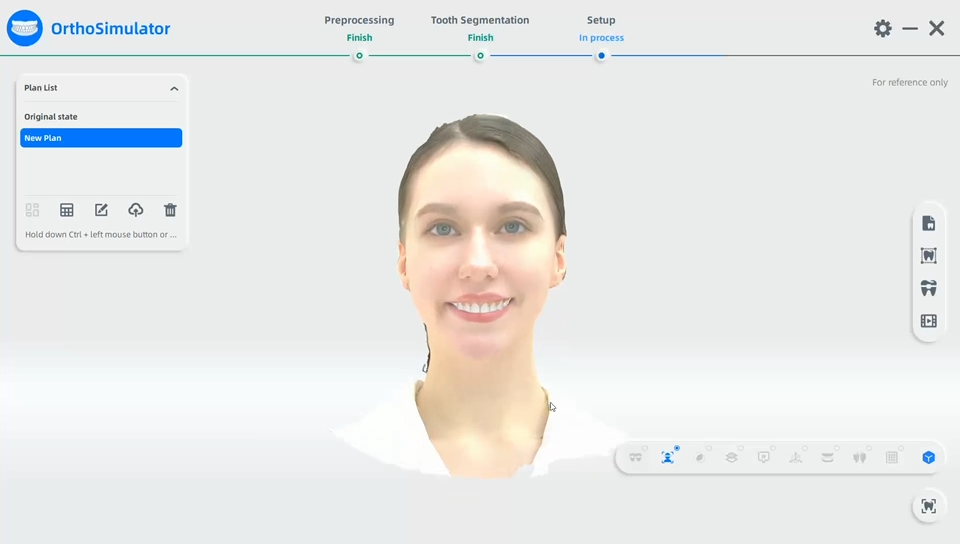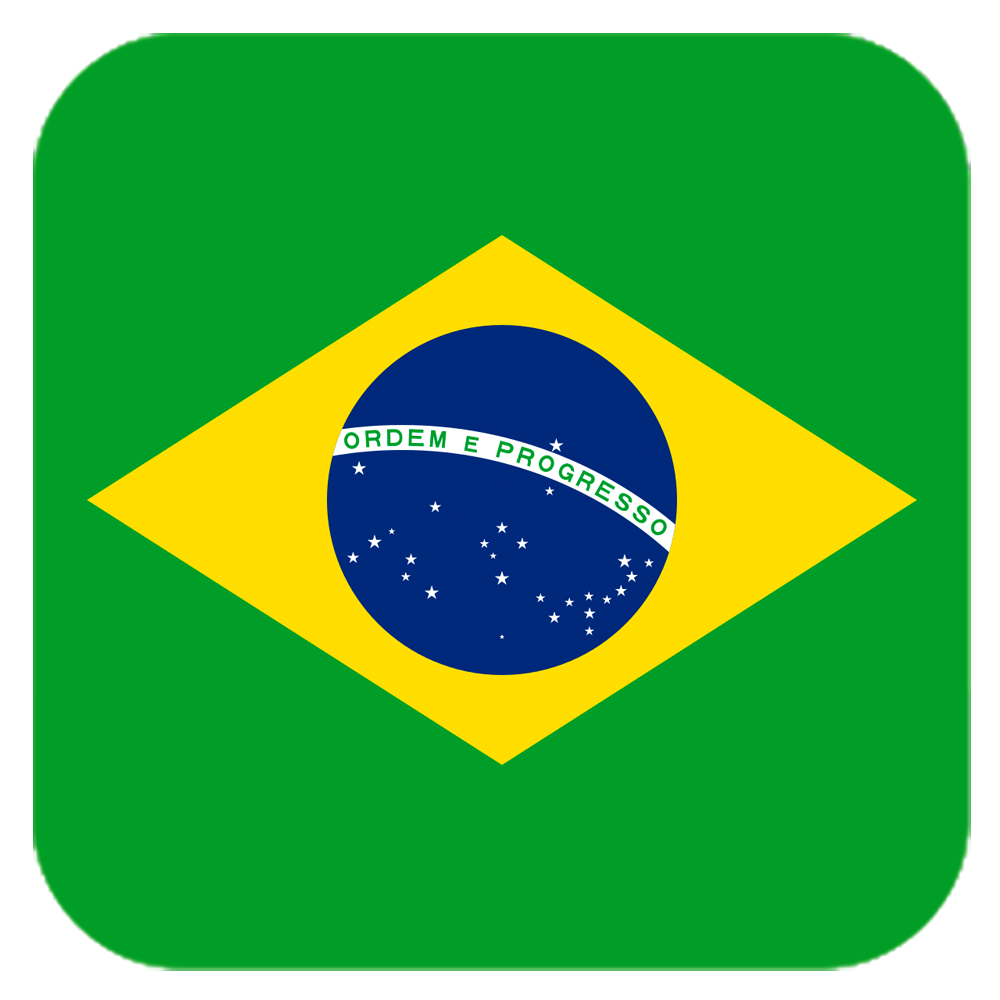Table of Contents
With the advancement of modern photography technology, 3D scanning of faces has become more convenient than ever, such as smartphone facial recognition systems and the iPhone’s TrueDepth camera.
However, when applied to specialized fields such as dentistry, its accuracy and image quality are far from sufficient. This highlights the need for more professional dental 3D face scanners. If your clinic is considering investing in a 3D face scanner, you might be wondering how it works and what its benefits are.
Today’s blog will provide a comprehensive overview of how dental 3D facial scanners work, their advantages in dentistry, and application scenarios. Keep reading to learn more.

What is a 3D Face Scanner?
A dental 3D facial scanner is a high-precision optical measurement device that utilizes technologies such as structured light or lasers to collect facial data, enabling the analysis of spatial relationships between facial structures, teeth, jawbones, and soft tissues.
Its core feature is the ability to rapidly and non-invasively capture the geometric shape, texture, and color information of the human face within seconds, generating a 3D digital model containing millions of data points. This model is an accurate replica of the face, which can be analyzed and manipulated freely on computers. The 3D face scanning technology helps:
- · Improve diagnostic accuracy.
- · Assist in treatment planning, such as cosmetic dentistry, orthodontics, and maxillofacial surgery.
- · Enhance doctor-patient communication through realistic previews of treatment outcomes.
- · Seamlessly integrate with other digital dental tools such as intraoral scanners and CBCT scans.

How Does It Work?
- · Imaging technology: The scanner employs multiple cameras and advanced techniques such as structured light/lasers to capture facial contours and textures. When a series of encoded spectral stripe patterns is projected onto the patient’s face, these originally regular stripes become distorted due to the undulations of the face. Cameras in the scanner synchronously capture these distorted patterns.
- · Data collection: It takes photos from various angles to construct a 3D facial data set. This process involves capturing images while rotating around the patient and is typically completed in about 10-20 seconds.
- · 3D model generation: Based on the captured distorted light pattern, the system calculates the 3D spatial coordinates of each point on the facial surface. Then, its software connects these discrete points to create a complete facial surface, which finally integrates with high-resolution facial color images to generate a digital patient avatar.
- · Integration: This is the key to using 3D face scanners in dentistry. The 3D facial model can be merged with data from intraoral scans, CBCT scans, and others to create a more comprehensive digital representation of the patient’s head and mouth.

Why Do 3D Face Scanners Matter for Clinics? Benefits in Dentistry
If you invest in a 3D face scanner, what changes can it bring? This will include:
1. Enhanced Diagnosis & Treatment Planning
The revolutionary aspect of 3D face scanners lies in:
- · Virtual Patient Model: Detailed 3D facial information (including teeth, jawbones, and soft tissues) enables repeated simulations. The patient avatar assists dentists in achieving more precise diagnoses and treatment plans.
- · Quantitative Aesthetic Analysis: Dentists can precisely measure key aesthetic parameters such as smile lines, the dynamic relationship between teeth and lips, and facial symmetry.
- · Functional Analysis: By integrating intraoral scans with mandibular movement tracking data, jaw relationships can be analyzed more accurately. This is crucial for complex occlusal reconstruction, orthodontics, and the diagnosis of temporomandibular joint disorders.
2. Improved Patient Communication
A successful dental treatment cannot be achieved without patient cooperation. The key lies in helping patients understand and accept the treatment plan, and 3D digital face models make it simpler.
Showing patients their precise 3D facial and oral models is far more intuitive than explaining conditions with mirrors, photos, or professional jargon. Patients can clearly see issues such as tooth alignment, aesthetic flaws, and simulated treatment outcomes.
Thus, their confidence and willingness to cooperate are significantly enhanced.
3. Steamlined Workflow
If you are looking to achieve a comprehensive digital upgrade for your clinic, 3D face scanners are indispensable. Here’s why:
- · Digital oral models can be sent directly to the lab, eliminating the need for physical impressions, model casting, and transportation while avoiding the risk of damage.
- · It integrates with intraoral scanners and dental 3D printers, enabling a seamless digital workflow from impression and CAD/CAM design to restoration fabrication.
- · Simplify the storage and tracking of all patient records, significantly enhancing your clinic’s efficiency.
4. Accuracy & Details
High-precision 3D face scanners can capture subtle contours and textures. For example, the SHINING 3D MetiSmile achieves an accuracy of up to 50μm, ensuring a highly realistic reproduction of the patient’s facial features.
Compared to traditional 2D photos, 3D scanning can capture dynamic details. Scans taken during each treatment stage help monitor progress and evaluate outcomes.
5. Wide Applications
Where can 3D face scanning technology be applied? In nearly all dental works:
- · Orthodontics: Every patient with misaligned teeth hopes to achieve not only straighter teeth but also improved facial contours through orthodontic. 3D face scanners play a critical role in profile design and outcome simulation.
- · Aesthetic Dentistry: In aesthetic restorations such as veneers and ceramic crowns, 3D face scanners help ensure that the restorations appear natural. They facilitate digital smile design and the evaluation of dynamic expressions.
- · Dental Implants: The use of virtual patient models enhances the predictability of restoration outcomes, particularly in aesthetic implant cases involving anterior teeth and full-arch edentulous treatments.
- · Temporomandibular Disorders (TMD): The mandibular movement tracking function of 3D face scanners provides valuable data for the diagnosis and management of TMD.

Bring 3D Face Scanners into Clinics: Product Recommendation
Well, we have now covered the working principles and advantages of 3D face scanners. When considering an investment, whether you are a first-time user or looking to upgrade, the SHINING 3D MetiSmile is designed to meet diverse needs. Here’s what sets it apart:
- · Captures facial data in just 10 seconds with a precision of up to 50μm.
- · Supports integration with SHINING 3D intraoral scanners such as the Aoralscan Elite Wireless, as well as CAD/CAM design workflows.
- · Features mandibular trajectory tracking to assist in TMD diagnosis.
- · Automatically adjusts brightness and corrects for slight patient movements.
- · Identifies reference points such as the eyes and nose for design purposes.
- · Records multiple facial expressions, including natural smile, laugh, and closed bite.
- · Supports open-system file exports in STL, OBJ, and PLY formats.
- · Weighs only 800g and can be used either handheld or in a fixed position.
Overall, 3D digital face scanners are becoming essential tools in digital dentistry, widely applied in orthodontic, aesthetic dentistry, restoration, and surgical planning. Welcome to contact SHINING 3D DENTAL to upgrade your clinic!
 ENG
ENG








